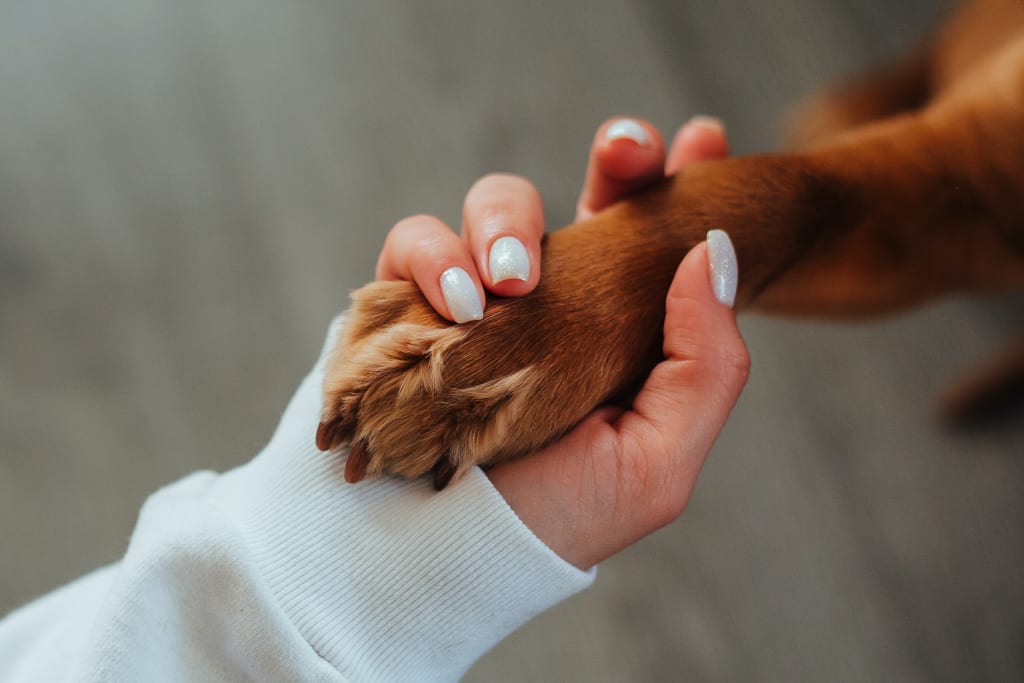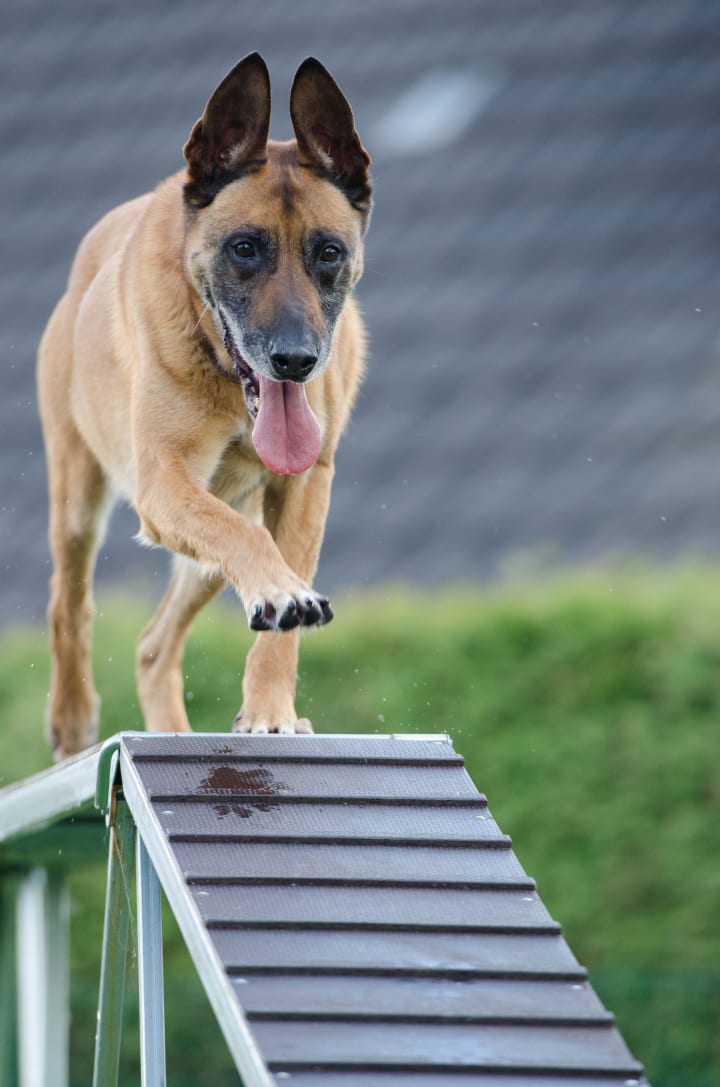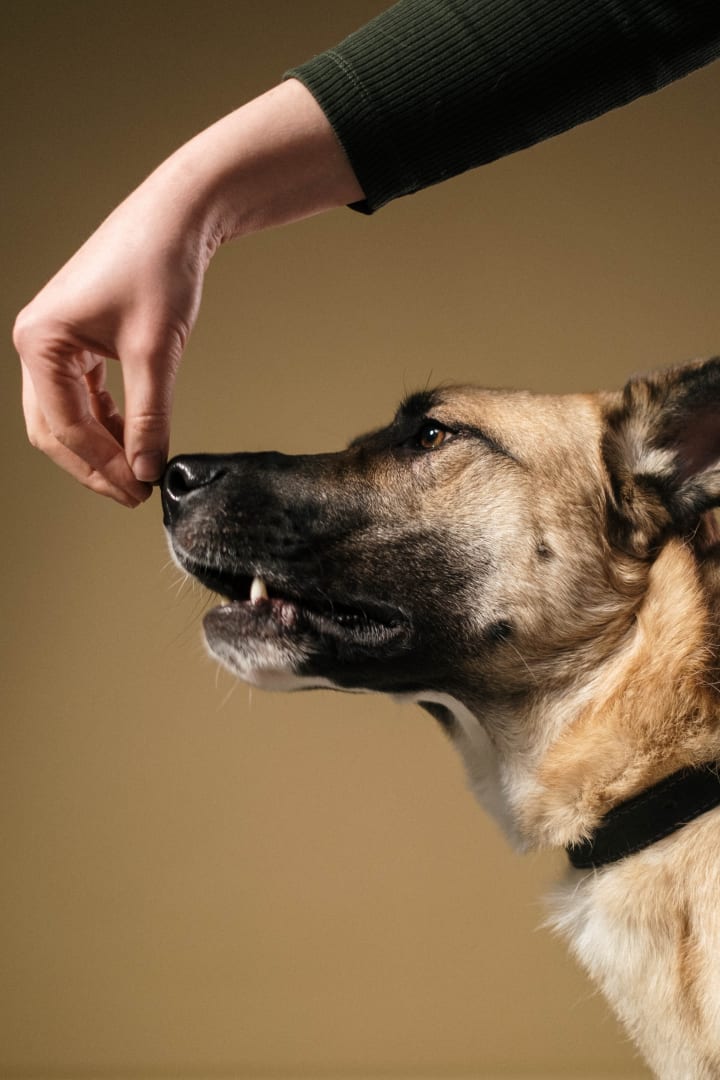HOW TO TRAIN YOUR DOG
TRAIN YOUR DOG

Training a dog requires patience, consistency, and positive reinforcement. Here are some steps to follow when training your dog:
Establish a routine: Dogs thrive on routine, so establish a consistent daily schedule for feeding, walking, and training.
Choose a command word: Decide on a command word or phrase that you will consistently use during training, such as "sit" or "stay."
Start with basic commands: Begin by teaching your dog basic commands such as sit, stay, come, and heel. Use the command word or phrase consistently and reward your dog with treats or praise when they obey.
Use positive reinforcement: Positive reinforcement is the most effective way to train a dog. Reward your dog with treats or praise for good behavior, and avoid using punishment or physical force.
Practice in different environments: It is important to practice the commands you have taught your dog in different environments, such as at home, in the park, or on a walk. This will help your dog understand that the commands apply no matter where they are.
Be patient: Training a dog takes time and patience. Don't expect your dog to learn everything overnight. Be patient and consistent, and don't get discouraged if your dog makes mistakes.
Socialization: Socializing your dog is an important step in training, it means exposing them to different people, animals and environments. This will help them feel more comfortable in new situations and reduce the risk of them developing behavior problems.
Professional training: If you are having trouble training your dog or if your dog has a specific behavioral problem, consider working with a professional dog trainer.
Consistency: Consistency is key in dog training. Once you have taught your dog a command, it is important to continue using it consistently so that the dog doesn't become confused.
Keep training: Training should be a lifelong process, not just a one-time event. Continuously working with your dog and reinforcing good behavior will help maintain and improve their training over time.

Use hand signals: In addition to verbal commands, use hand signals to communicate with your dog. This will help them understand commands even in noisy environments or when they are far away.
Clicker training: Clicker training is a popular method that uses a small plastic clicker to mark the exact behavior you want your dog to repeat. Once the dog performs the desired behavior, you click the clicker and give a treat or praise.
Leash training: Teaching your dog to walk on a leash is an important part of their training. Start by attaching the leash to your dog's collar and allowing them to drag it around the house. Once they are comfortable with the leash, begin to guide them with gentle tugs and verbal commands.
Potty training: Potty training is an important step in training your dog. Start by taking your dog out to the designated potty area on a regular schedule, such as after meals, and use a specific command or phrase to signal that it's time to go potty. Reward your dog for going in the designated area and clean up any accidents with an enzymatic cleaner.
Leave it command: Teaching your dog the "leave it" command can help prevent them from eating or playing with things that could be harmful to them. When you give the "leave it" command, your dog should stop what they are doing and look to you for further instructions.
Down command: The down command is a useful command that can help your dog relax and be calm. This command can be helpful in situations such as when guests come over, or when you need to give your dog a break during training sessions.
Distraction training: It's important to train your dog to follow commands even when there are distractions. Gradually increase the level of distraction during training, such as adding other people or dogs.
Advanced training: Once your dog has mastered basic commands, you can move on to advanced training such as agility training, obedience training, and therapy dog training.

In summary, training a dog is a gradual process that requires patience, consistency, and positive reinforcement. It's important to establish a routine, choose command words and phrases, use positive reinforcement, and practice in different environments. You can also use hand signals, clicker training, leash training, potty training, and leave it commands. If you're having trouble training your dog or if your dog has a specific behavioral problem, consider working with a professional dog trainer. Remember, training should be a lifelong process.
About the Creator
Shaan Pet wellness
Pet wellness is the overall health and well-being of our furry companions. It includes providing them with proper nutrition, regular veterinary care, exercise, and mental stimulation.






Comments
There are no comments for this story
Be the first to respond and start the conversation.